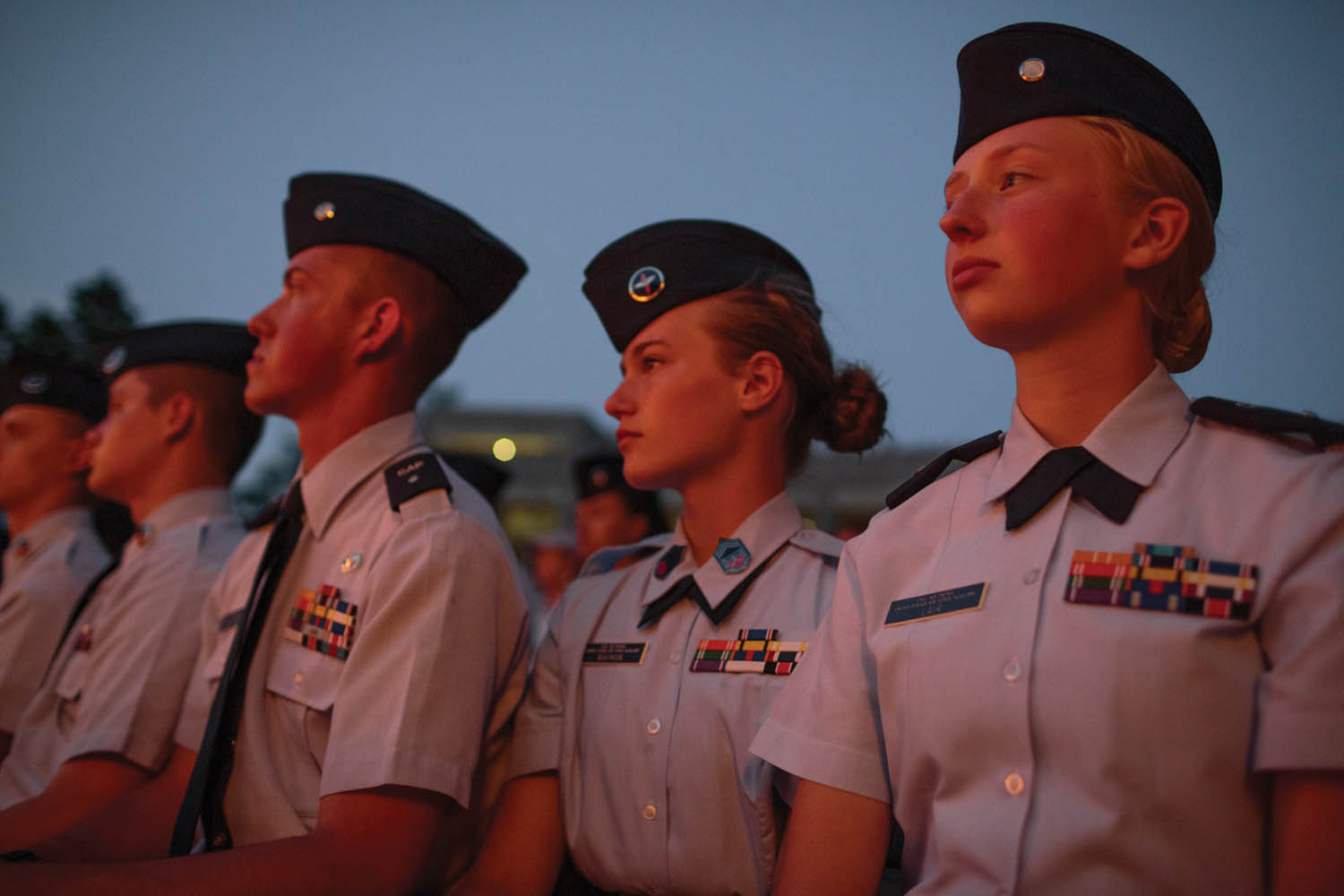Image


You should really subscribe now!
Or login if you already have a subscription.
Sarah Blesener is a recent graduate of the Visual Journalism and Documentary Practice program at the International Center of Photography in New York. She is a recipient of the Alexia Foundation grant, and has received a fellowship with CatchLight, where she worked with Reveal from the Center for Investigative Reporting...